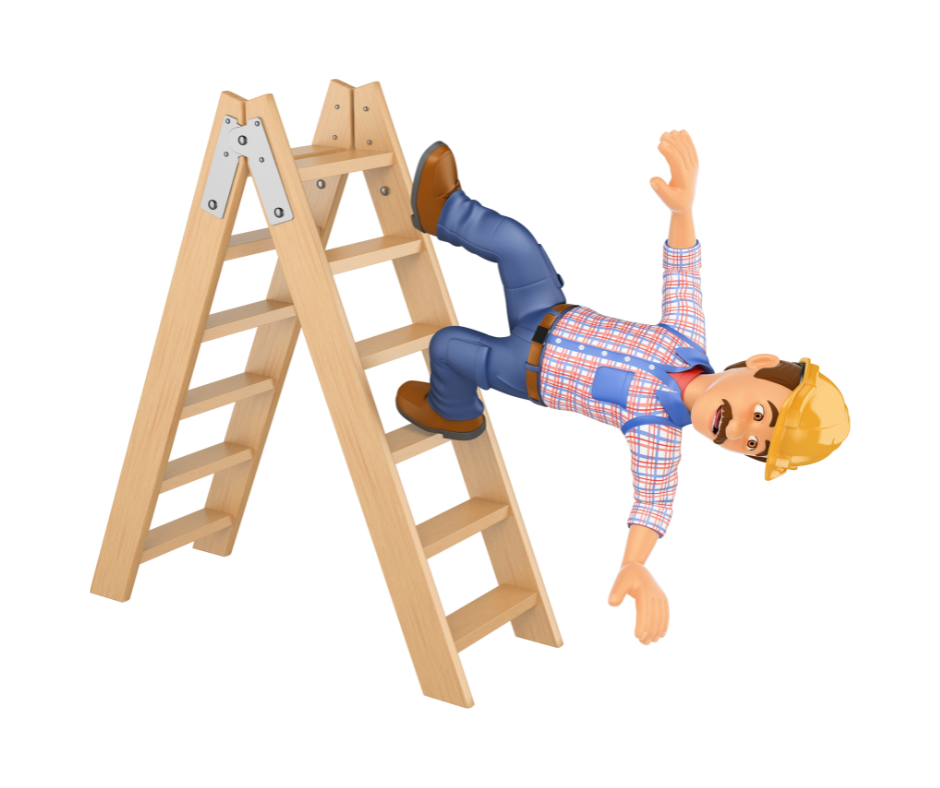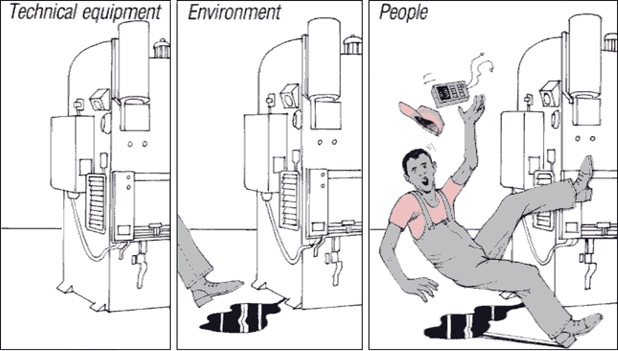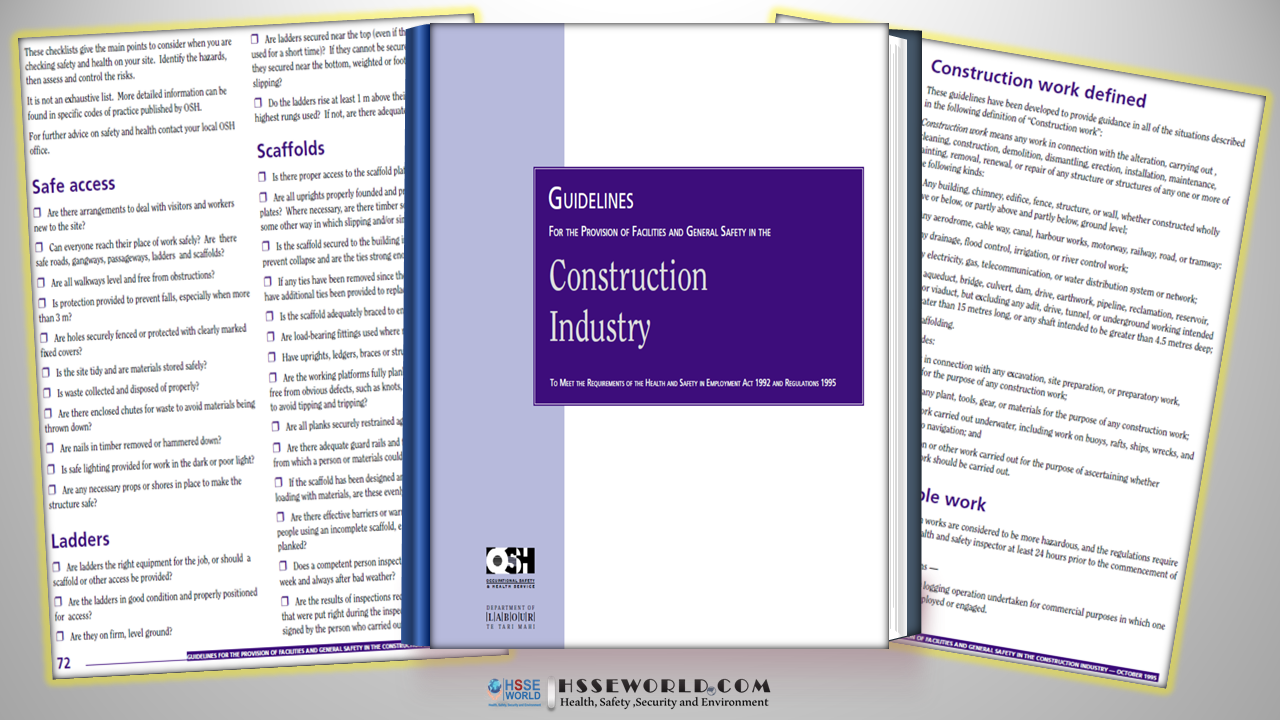Every day, millions of people head off to their jobs, expecting a productive and safe workday. Unfortunately, this expectation isn’t always met. Workplace accidents, a pervasive and often underestimated threat, can have devastating consequences for employees and employers alike. Understanding the root causes of these accidents is crucial for creating a safer work environment for everyone.
This article delves into the multifaceted world of workplace accidents, exploring the various factors that contribute to them and the strategies that can be implemented to prevent them.

This accident is in many ways “typical”. The worker was working on a ladder and fell suddenly. There are several basic factors behind accidents of this kind. Through accident investigation, we can find out why accidents happen and how they can be prevented in the future. As the starting point for any accident investigation, we must examine how the work procedure deviated from the correct routine. Factors causing such deviation include elements such as broken or malfunctioning machinery, incorrect working materials, incorrect work procedures, blocked aisles or passages, and liquids spilt on floors.
One of the most common causes of accidents is falling from ladders or work platforms, often causing serious injury.
We must learn more about the many and varied causes of accidents.
For example, ladders seldom fall over on their own.

Read: workplace-incidents-and-the-role-of-heat
Three main causes
In order to carry out an effective investigation and prevent accidents, we have to know why the various deviations in work procedures occurred. The three main contributory factors are:
Technical equipment. Examples: lack of equipment or faulty design leading to a sequence of unexpected events which finally result in an accident.
The working conditions can influence us indirectly thereby causing accidents. Such factors include:
- disorder at the workplace
- noise
- temperature
- ventilation
- lighting.
People. Your own performance can increase the risks of having an accident. Consequently, all work should be planned from the point of view of the worker. The employer has the primary responsibility for the planning and layout of the workplace. Important factors include:
- Job experience. It is the first stages of a new job or a new procedure that are usually the most critical. The same applies when a person changes jobs.
- Information and instructions on the working methods and risks involved.
- Age. Older people are more easily injured e.g. when falling. In general, eyesight and hearing decline with age.
Human Error: error is one of the leading causes of workplace accidents. It can occur due to various reasons, such as fatigue, lack of focus, distractions, or inadequate training. Employees may make mistakes while operating machinery, mishandle hazardous materials, or fail to follow safety protocols. By prioritizing comprehensive training programs, implementing clear procedures, and fostering a safety culture, organizations can reduce the likelihood of human error and promote safer work practices.
These are just a few of the factors which can contribute to causing industrial accidents.
Learn more: Photo of the day: Incident Investigations
Conclusion
Accidents in the workplace can often be attributed to human error, unsafe conditions, and equipment failure. By addressing these three common factors, organizations can enhance workplace safety and reduce the risk of accidents. Prioritizing comprehensive training programs, conducting regular inspections, and implementing preventive maintenance measures are crucial steps to mitigate these risks. Remember, accident prevention is a shared responsibility that requires a proactive approach from both employers and employees. By fostering a culture of safety and continuously improving HSE standards, we can create safer work environments for everyone involved.
Read more



